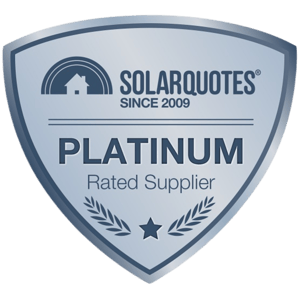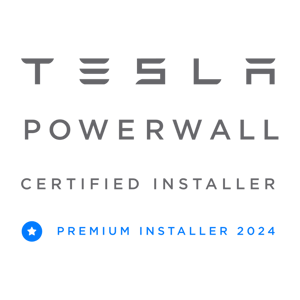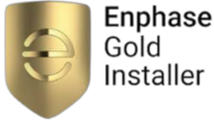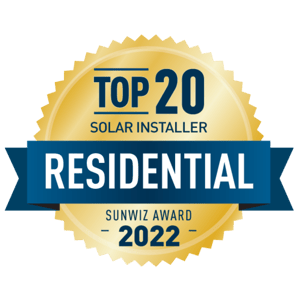Micro Inverters & DC optimisers versus traditional DC solar systems, String Inverters
How string inverters work
 Your solar panels are arranged into groups connected by “strings” (hence their name!) You can connect multiple strings of panels to a single, centralized inverter, which transforms the DC electricity produced by the panels into usable AC electricity for your home or business.
Your solar panels are arranged into groups connected by “strings” (hence their name!) You can connect multiple strings of panels to a single, centralized inverter, which transforms the DC electricity produced by the panels into usable AC electricity for your home or business.
If your roof experiences shade during the day or if one panel malfunction, with a string system, the whole string will come down in performances to the weakest link.
If there is an issue with one of the panels you won’t be able to determine which panel needs to be replaced, unless an electrician gets on the roof checking 1 by 1 each panel.
Systems with power optimizers have an individual CPU component located at each panel. However, instead of converting the DC electricity to AC electricity right at the panel site, they “condition” the DC electricity and send it to a central inverter for conversion.

Microinverters, simply do the same job of a string inverter, but converting DC into AC for each individual panel directly on the roof.
Systems with microinverters have an individual CPU installed on the back of each solar panel. They convert the DC electricity from your solar panels into AC electricity on your roof, with no need for a separate string inverter. In most cases, installers mount the microinverters onto the back of the solar panel itself, but they can also be placed next to the panel on your solar racking system.
Microinverters take MLPE to the logical conclusion: while power optimizers aggregate the electricity from your panels and send it to a string inverter for the DC to AC conversion, microinverters make the DC to AC inversion right at each individual solar panel.
Many microinverter and power optimizer companies are partnering with solar panel manufacturers to create “smart modules.” Simply put, a smart module is a solar panel with a piece of MLPE equipment integrated with it.
Both microinverters and power optimizers not only reduce the impact of panel shading on system performance, but also offer panel-level performance monitoring and control with unique safety features, like rapid panel shutdown protecting your household in the event of a malfunction.
Enphase Explainer Video
SolarEdge Explainer Video
Which system is the best for my needs?
Fill out the form above to request a Tailored Consultation and get a quote on the best solar energy solution for your needs and requirements.
%20(1).png?width=265&height=96&name=www.smartenergyanswers.com.auhs-fshubfsSmart%20Energy%20Answers%20Logo%20(HIRES)%20(1).png)









